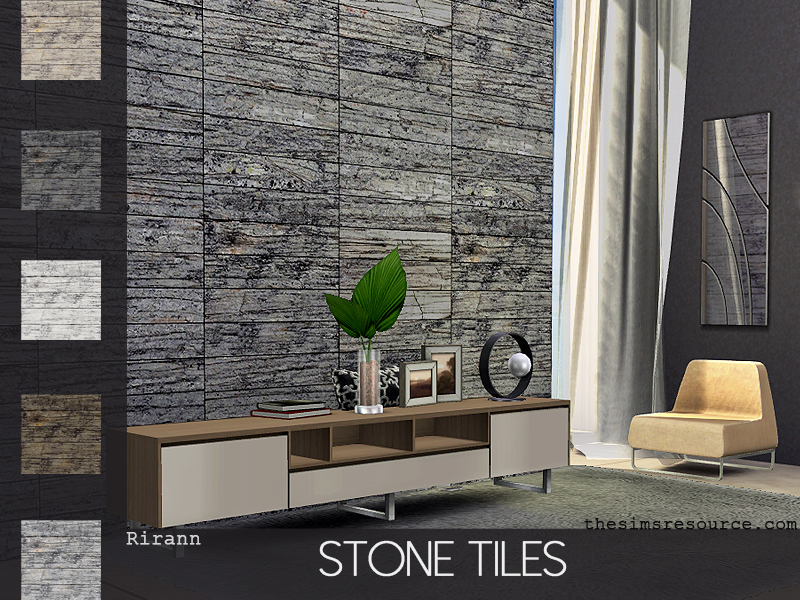
package file in the same location as your XML and images.

This means that the XML file and the images need to be in the same place. package using the information in your XML file and the images you have specified in it. When you drag your XML file over the WallEz.exe it reads the XML, and creates the. package files you will use Windows drag and drop feature. Paint, Wallpaper, Tile, Paneling, Masonry, RockAndStone, Siding Red, Blue, Green, Gray, Black, Orange, Amber, Aqua, Yellow, White, Pink, Purple, Burgandy, Silver, Gold, Magenta, Teal, Turquoise,ĭarkBrown, Brown, LightBrown, Beige, Cream, HazelBlue, HazelGreen, LightBlue, LightGreen, BlueNavy, BlueLight, BrownLight, GreenNavy section can be repeated if you want to have multiple colors for one wall. IMPORTANT!! All values are case sensitive!Įach.

Line 2: Place your creator name in the space between the quotes.To ensure all users can see the textures on all wall sizes, you will now need to resize to EA texture sizes.ĭownload the sample template, then open in your Text editor. There have been a few issues with select users where non-EA size images show the question mark texture. TIP If you would like ceiling molding to show with ceilings on, start it approximately 36px from the top of the image. If you would like to come back to edit these or make other variations, then save these a layered file. These image sizes will scale properly at each height.

Create each image in the size shown (on right), ensuring each is tile-able and seamless. Because TS4 has three wall heights, you will need to create three separate images. The first thing you will want to do is create your images. Text Editor - An advanced one that shows syntax such as Notepad++ or Sublime Text will make reading XML easier.This tutorial assumes familiarity with your graphics editor and creating tile-able, seamless images. This tutorial will show you how to create new walls (floors and terrains coming soon).


 0 kommentar(er)
0 kommentar(er)
